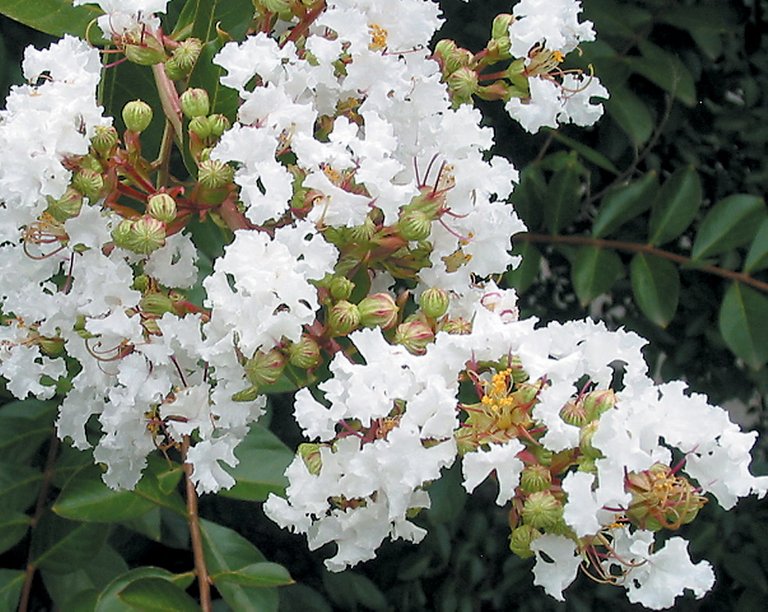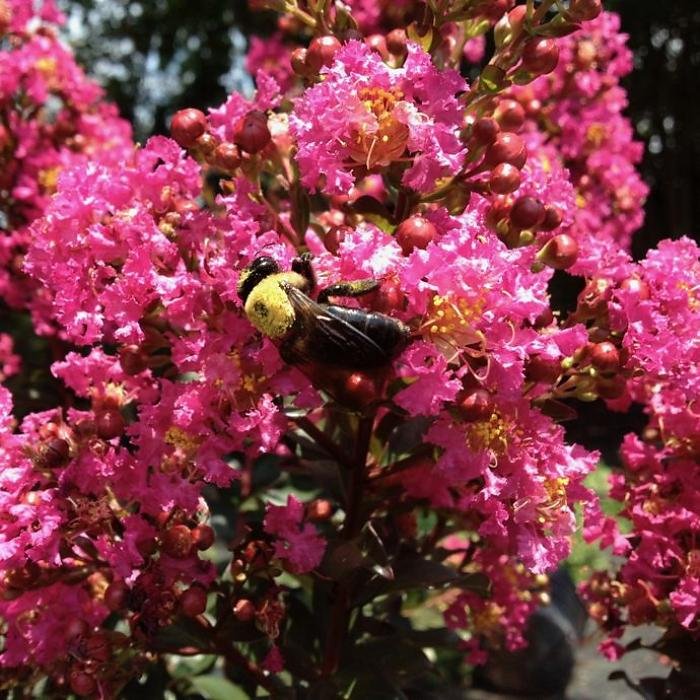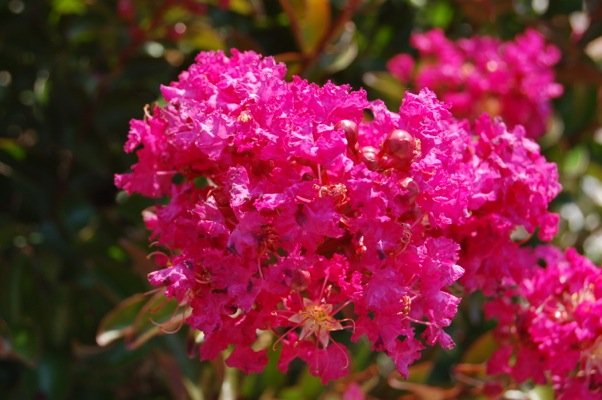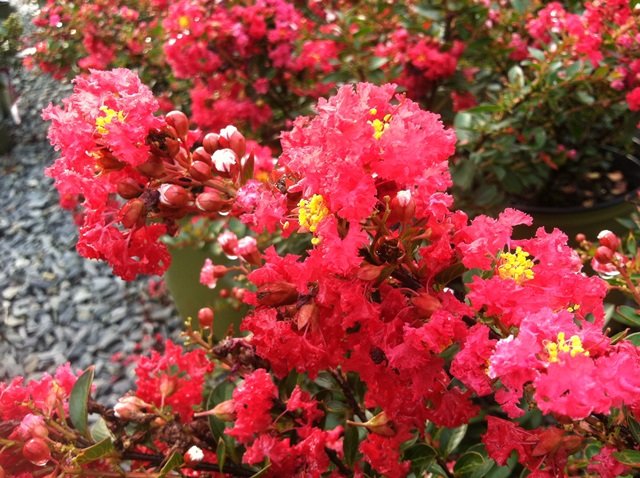Crepe myrtle trees, in many varieties, overlook an abundance of southern landscapes. Southern gardeners love their crepe myrtles for summer bloom, attractive, peeling bark and limited crepe myrtle care. How to grow crepe myrtle is not an issue in most areas to which they are hardy, USDA Zones 9-7 (with some special varieties surviving in zone 6), as they are easy to grow in the right location.


Crepe myrtle trees should be planted in a sunny location. Soil need not be rich or amended; crepe myrtle trees are adaptable to most soils except those that are soggy. Sunlight and well-draining soil afford a wealth of summer blooms and help keep pests away.



The difficulty most often arises when caring for crepe myrtles. Crepe myrtles trees are sometimes susceptible to sooty mold and powdery mildew, but these are easily cured with an organic spray. The most daunting and incorrectly practiced aspect of crepe myrtle care is pruning” Crepe murder usually occurs when an overly enthusiastic homeowner severely cuts back top branches on crepe myrtle trees, ruining the natural shape and form of the lovely landscape specimen.
Congrats, you are sharing the Fav. comment Award with one other. Great pics and helpful info.